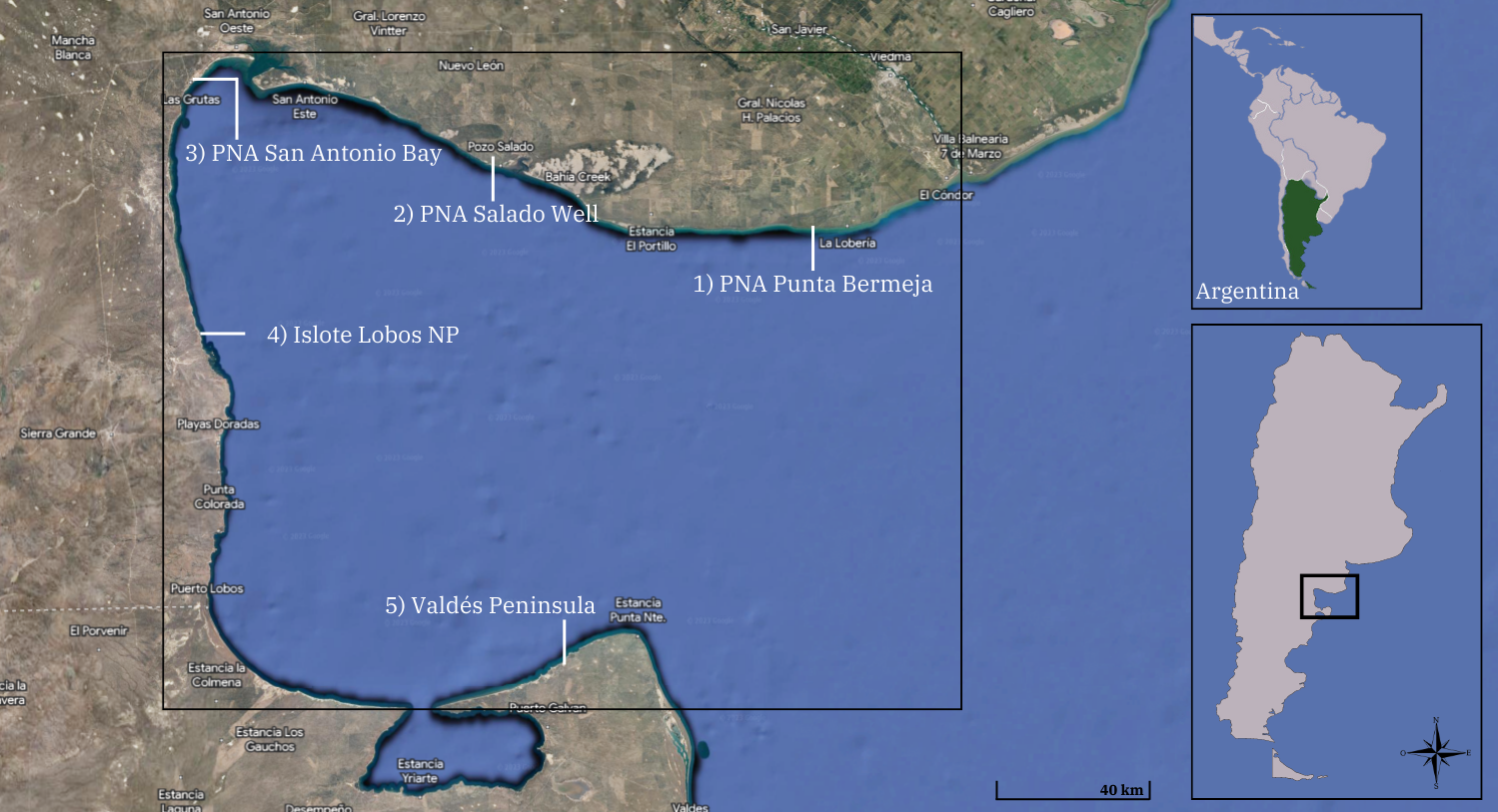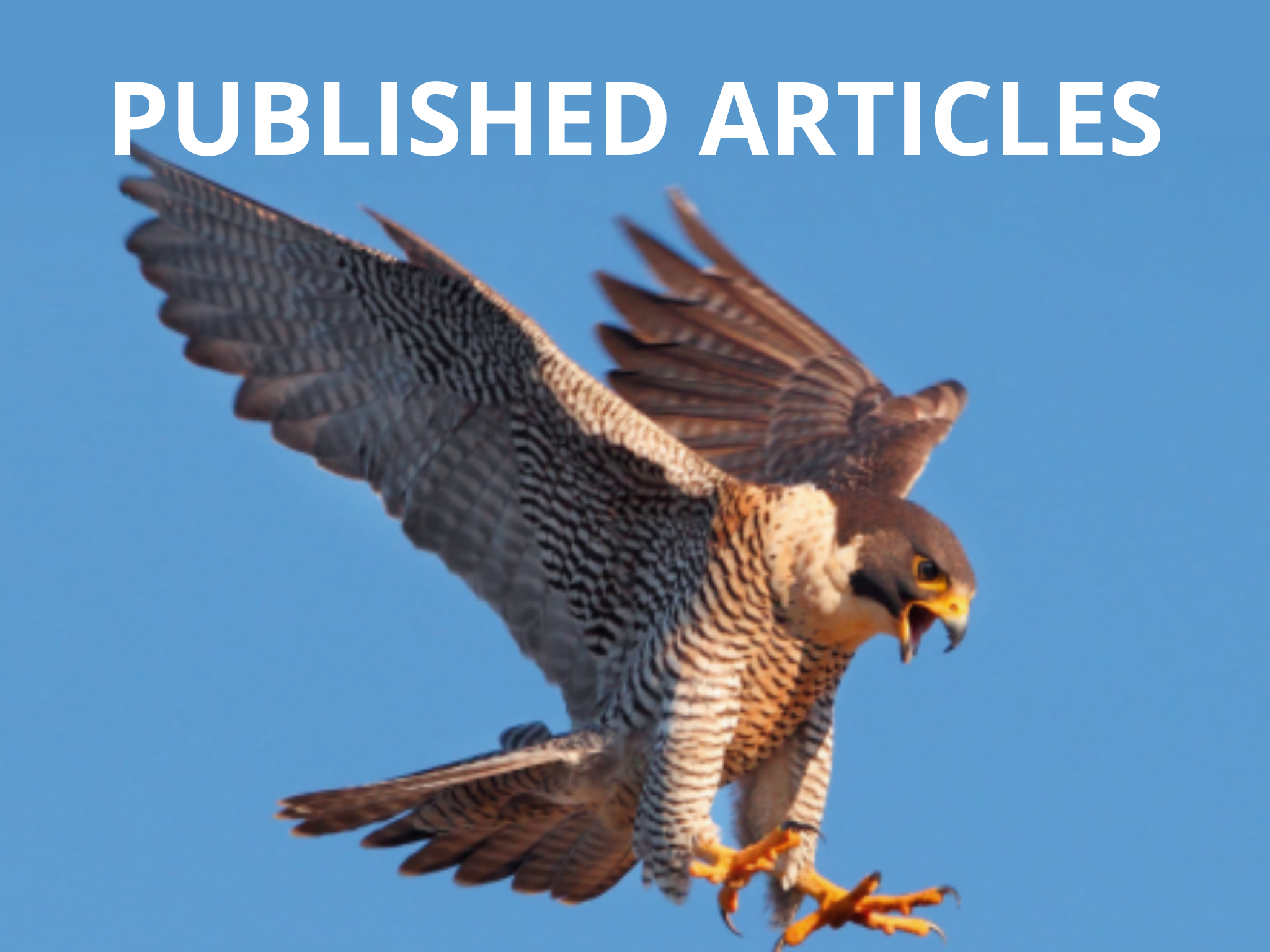The Study Area
Since 2010, we have been conducting focused studies on birds of prey along the coastal area of the Gulf of San Matías in the South Atlantic. Our research has also covered some neighboring areas, such as the banks of the Río Negro and sectors of the Patagonian Steppe and Shrubland of the provinces of Río Negro and Chubut.
Year after year, we initiate our activities at the northernmost edge of the Patagonian cliffs, near the "Rio Negro Lighthouse", in the locality of 'El Cóndor.' In the first kilometers of cliffs, which are not technically considered part of the Gulf (as it begins a few kilometers west of the mouth of the Rio Negro), lies the largest parrot colony in the world: 37,000 pairs of Burrowing Parrots nest along a 12 km stretch of sandstone cliffs.

The Gulf of San Matías extends between Punta Bermeja to the north, in the province of Río Negro, and Punta Norte, in the Valdés Peninsula, province of Chubut. Its shores span about 420 km, along which we find the Protected Natural Areas 'Punta Bermeja,' 'Pozo Salado,' 'Bahía San Antonio,' the recently established National Park 'Islote Lobos,' and a coastal sector belonging to the Protected Natural Area and UNESCO World Heritage Site 'Península Valdés' (look at the Map).
This is a region of significant tourism and fishing importance, with notable coastal towns such as El Cóndor, Las Grutas, and Playas Doradas, as well as the ports of San Antonio Oeste, San Antonio Este, and Punta Colorada.
The Gulf faces serious threats. There have been recent attempts to install a Chinese Nuclear Power Plant, and currently, there are projects to develop a 'Green' port and/or an oil port along its shores. To achieve this, there are efforts to modify the law that protects the Gulf from hydrocarbon pollution, allowing the construction of an oil pipeline terminal to export oil from the 'Vaca Muerta' oil field.
The population growth in coastal towns with illegal land occupation within the boundaries of wild Natural Areas is another of the main threats.

Map



